Babubhai Mistry
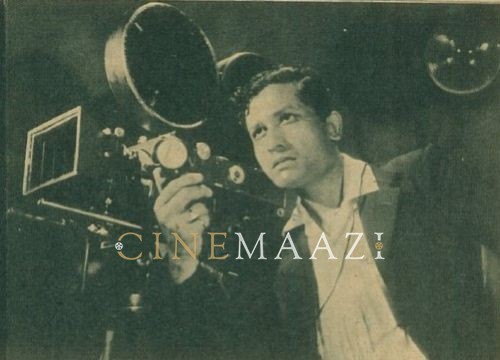
- Born: 1919 (Gujarat)
- Died: 20 December 2010 (Mumbai)
- Primary Cinema: Hindi
One of the most renowned directors, special effects artists and art directors of Indian cinema, Babubhai Mistry is still remembered as one of the daring innovators of the industry.
Babubhai Mistry started working at the Mumbai Natak Company in Wardha at the age of 14 as an assistant to the painter, where he was also trained in writing boards for plays. After shifting from one title-board writing job to another, he eventually decided to move to Mumbai. His uncle was the head of the posters department in Shri Krishna Film Company, and the young Mistry soon started working there as well. Working in the world of cinema piqued his interest in photography, and he started learning the tricks of handling camera equipment from the studio’s cameraman Gowardhan Patel. Gowardhan Patel also introduced him to the art of making title-masks. Babubhai Mistry’s curiosity regarding the technical aspects of filmmaking made him familiar with a number of technicians.
While working in Prakash Pictures, he collaborated with the studio’s cameraman and made a trailer for a film titled Top Ka Gola, which attracted Vijay Bhatt’s attention. Vijay Bhatt asked him to create the special effects for his film Khwab Ki Duniya (1937), inspired by the James Whale directed The Invisible Man (1933). Ingeniously, Babubhai Mistry attempted to make his own invisible man, using black thread for suspension—a feat that earned him his nickname ‘Kala Dhaaga’. Khwab Ki Duniya thus became Babubhai’s debut as a special effects director. The technical excellence of the film was such that soon after, Babubhai Mistry became the ‘Trickmaster’ of the film industry. Subsequently, Mistry worked as an art director in Chimanlal Trivedi’s film company Circo for a while before he moved to the Settings Department at Wadia Movietone. For the 1942 release, Homi Seth’s Jungle Princess, Babubhai was responsible for many trick shots in the film in addition to being the assistant director.
Babubhai Mistry’s career as a director started with Muqabla (1942). He co-directed the film with Nanabhai Bhatt and used the split-screen technology for the first time in India along with back screen projection to create the effect of double role. For Ellis Duncan’s Meera (1945), he moved to Madras for about two years. For this film, Mistry outdid himself and made a spectacular set design which consisted of portable temples, pillars and special iron clams that gave technicians the freedom to place studio lights in any position they wanted.
He returned to Mumbai as a well-known art director/filmmaker and helped Homi Wadia set up his production company Basant Pictures during the golden age of mythological films. He directed Basant Pictures’ Sampoorna Ramayana (1961), a massive hit that even enjoyed a Silver Jubilee run. While he worked in various fantasy action films like Aladdin Aur Jadui Chirag (1952), Zimbo (1958) and even directed cult-classic B-grade films like King Kong (1962), he always felt inclined toward making religious and mythological films.
For the next four decades, Babubhai Mistry made some of his most significant contributions to mythologicals and devotional cinema with films like Samrat Chandragupta (1958), Parasmani (1963), Mahabharat (1965), Har Har Gange (1968), Hanuman Vijay (1974), Kalyug Aur Ramayan (1987) and more. He was the special effects director in Ramanand Sagar’s epic TV series Ramayan (1987-88) and Shri Krishna (1993-96). He executed breathtaking special effects in B.R. Chopra’s Mahabharat (1988-90) and directed around 50 episodes of the acclaimed television show Shiv Mahapuran (2002-03).
Throughout his long and illustrious career, Babubhai Mistry left behind a filmography which included convincing depictions of mystical feats, engrossing action sequences and mind-bending special effects on screen that left audiences spellbound. Generally considered the father of trick photography in Indian cinema, Mistry’s achievements in the technical department constantly pushed boundaries and set up a wholly new standard of advanced filmmaking.
-
Filmography (26)
SortRole
-
Mahamayee 1991
-

Haatim Tai 1990
-

Kalyug Aur Ramayan 1987
-

Har Har Gange 1979
-

Jai Mahakali 1979
-
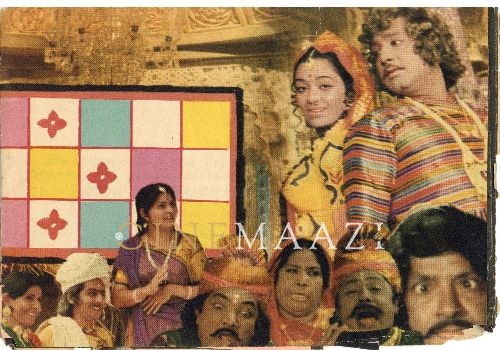
Veer Mangdavalo 1976
-

Alakh Niranjan 1975
-

Hanuman Vijay 1974
-

Naag Panchami 1972
-

Brahma Vishnu Mahesh 1971
-

Har Har Gange 1968
-






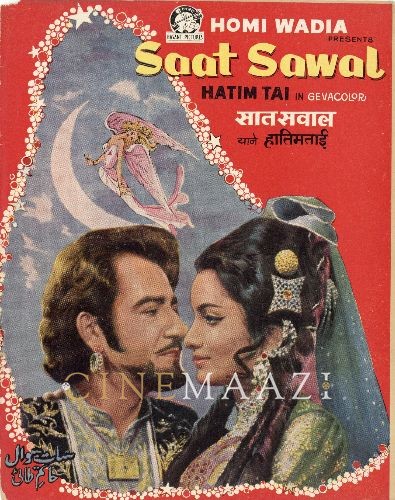

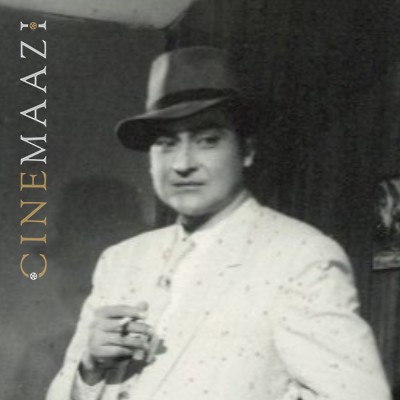

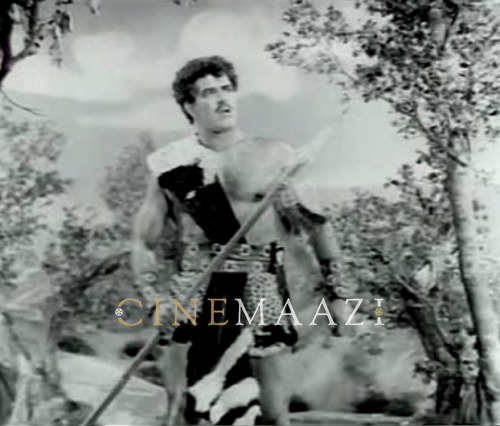


.jpg)


